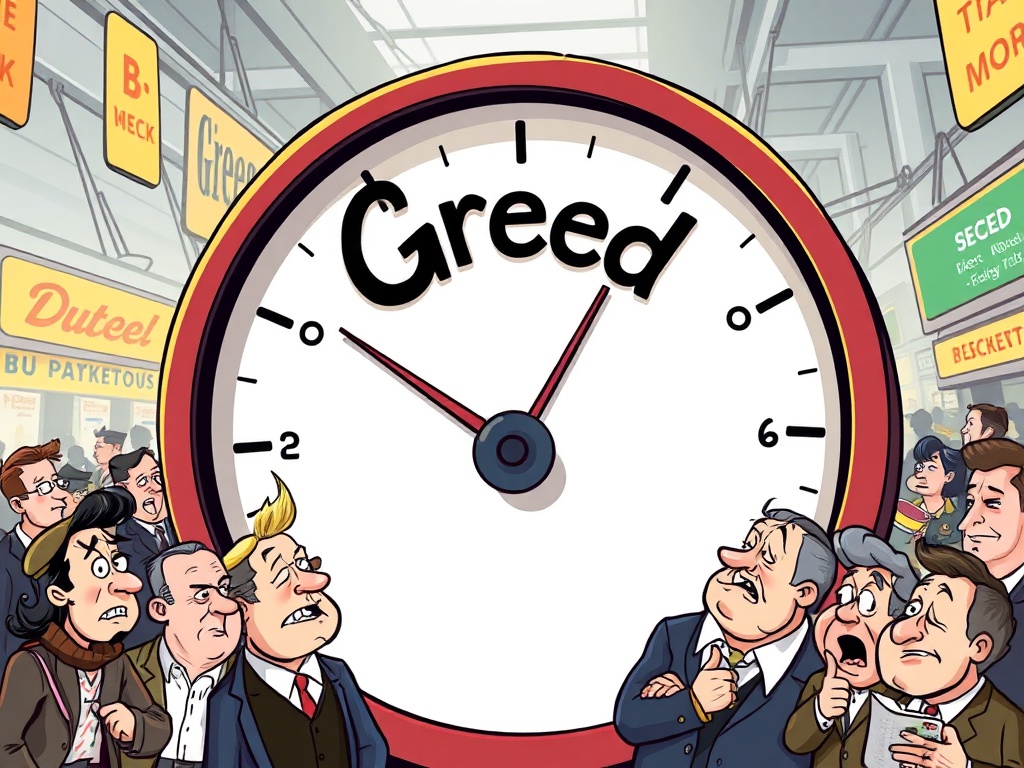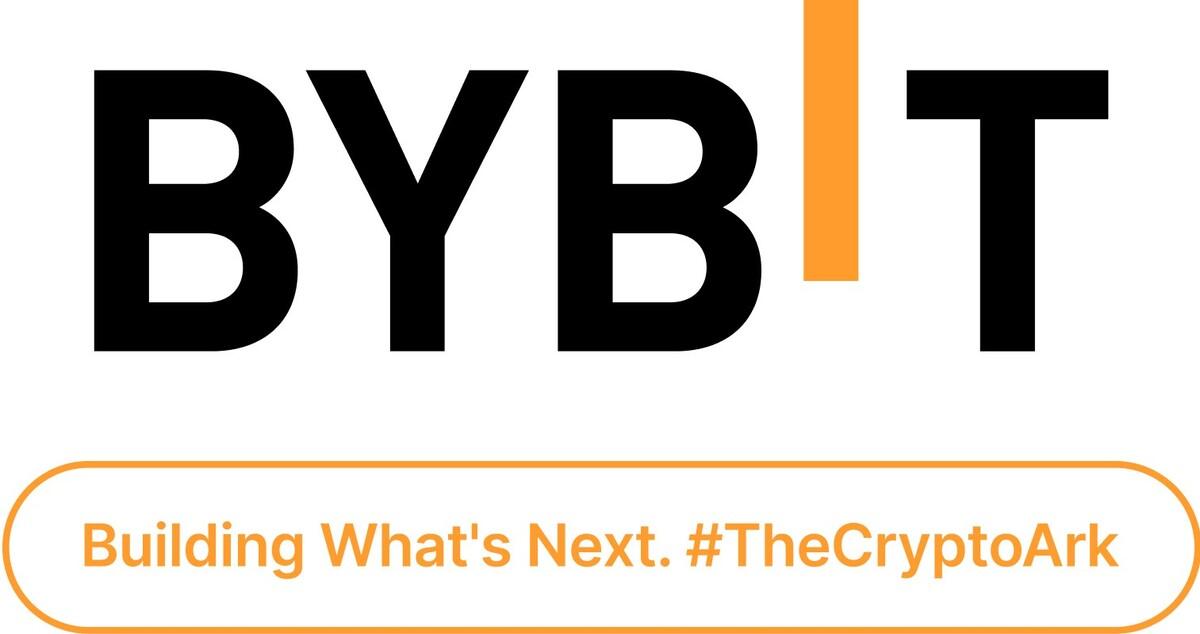BitcoinWorld

Crypto Fear & Greed Index: Decoding the Latest Shift in Market Sentiment
In the fast-paced and often unpredictable world of cryptocurrencies, understanding market sentiment is as crucial as analyzing price charts. For many investors, a key indicator for gauging this collective mood is the Crypto Fear & Greed Index. This powerful tool provides a snapshot of whether the market is leaning towards extreme fear, indicating potential buying opportunities, or extreme greed, signaling caution. But what happens when this vital index takes a dip, even while staying in a ‘greedy’ zone?
What Exactly is the Crypto Fear & Greed Index?
The Crypto Fear & Greed Index, a brainchild of the software development platform Alternative, serves as a unique barometer for the cryptocurrency market. It quantifies the emotional state of crypto investors, ranging from 0 to 100. A score of 0 signifies ‘Extreme Fear,’ suggesting investors are overly worried and potentially selling off assets, which historically can be a good time to buy. Conversely, a score of 100 represents ‘Extreme Greed,’ indicating that investors are overly optimistic and might be buying into inflated prices, often preceding a market correction.
This index isn’t just a random number; it’s a sophisticated aggregation of various market factors designed to provide a comprehensive sentiment overview. It helps investors make more rational decisions by offering insights into the prevailing emotional currents, which often drive market behavior more than fundamental analysis alone.
Decoding the Recent Movement: Why Did the Crypto Fear & Greed Index Fall?
As of July 31, the Crypto Fear & Greed Index registered a value of 65. While this is a decrease of seven points from the previous day, it’s important to note that 65 still firmly places the market in the ‘Greed’ zone. This subtle shift suggests a weakening of the previously strong bullish sentiment, even if the overall mood remains optimistic. A drop like this, while not alarming, can signal that the market’s enthusiasm is cooling off slightly, perhaps due to minor price corrections, regulatory news, or general macroeconomic uncertainties.
Understanding this movement is vital. It tells us that while investors are still generally confident and willing to buy, the intensity of that confidence has lessened. This could be a natural consolidation period or a hint that the market is preparing for a less aggressive growth phase. For savvy investors, such a nuanced movement in the Crypto Fear & Greed Index provides an opportunity to reassess their strategies.
How Does the Crypto Fear & Greed Index Work? Unpacking Its Core Factors
The accuracy and reliability of the Crypto Fear & Greed Index stem from its multi-faceted approach. It synthesizes data from six key factors, each weighted to reflect its impact on overall market sentiment:
- Volatility (25%): This component measures the current volatility and maximum drawdowns of Bitcoin compared to its average levels. Higher volatility often indicates a fearful market, while lower volatility can suggest stability or complacency.
- Market Momentum/Volume (25%): This factor analyzes the current volume and market momentum, comparing it with average values. Strong, sustained buying volume typically indicates greed, while low volume or selling pressure suggests fear.
- Social Media (15%): The index scans various social media platforms for crypto-related hashtags and analyzes the sentiment of posts. An increase in positive sentiment and engagement often points to greed, while negative sentiment indicates fear.
- Surveys (15%): Historically, the index included weekly polls to gather direct investor sentiment. However, it’s crucial to note that this component is currently paused, meaning the index relies on the other five factors for its current readings.
- Bitcoin Dominance (10%): Bitcoin’s share of the total cryptocurrency market capitalization is a significant indicator. A rising Bitcoin dominance often suggests a flight to safety, indicating fear in altcoin markets, while a falling dominance can indicate growing confidence in altcoins and a more ‘greedy’ overall market.
- Google Trends (10%): This factor analyzes search query data for terms related to Bitcoin and cryptocurrency. A surge in search interest for terms like ‘Bitcoin price manipulation’ or ‘Bitcoin crash’ can indicate fear, while searches for ‘buy Bitcoin’ or ‘crypto bull run’ suggest greed.
By combining these diverse data points, the index provides a holistic view, moving beyond simple price action to capture the underlying emotional currents that drive investor behavior.
Navigating Market Sentiment: Why Does the Crypto Fear & Greed Index Matter for You?
For both seasoned traders and new investors, the Crypto Fear & Greed Index offers invaluable insights. It acts as a counter-indicator to human psychology, which often leads to poor investment decisions. When the market is in ‘Extreme Greed,’ many investors succumb to FOMO (Fear Of Missing Out), buying assets at inflated prices. Conversely, during ‘Extreme Fear,’ panic selling can lead to significant losses, even for fundamentally strong assets.
By observing the index, you can:
- Identify Potential Opportunities: Periods of ‘Extreme Fear’ often coincide with market bottoms, presenting opportunities to buy assets at a discount when others are selling in panic.
- Avoid Over-Exuberance: A high ‘Greed’ score can serve as a warning sign, prompting you to take profits or reduce exposure before a potential correction.
- Manage Emotional Trading: The index provides an objective measure of sentiment, helping you detach from your own emotions and make more rational, data-driven decisions.
- Complement Other Analyses: It’s a powerful tool to use alongside technical analysis (chart patterns, indicators) and fundamental analysis (project viability, team strength) for a well-rounded investment strategy.
Challenges and Nuances: Are There Limits to the Crypto Fear & Greed Index?
While the Crypto Fear & Greed Index is an incredibly useful tool, it’s not a crystal ball. Like any indicator, it has its limitations:
- Sentiment, Not Price Prediction: The index reflects market sentiment, not future price movements. A high ‘Greed’ score doesn’t guarantee an immediate crash, nor does ‘Fear’ guarantee a bounce. It simply tells you how people are feeling.
- Bitcoin-Centric Bias: While it incorporates Bitcoin dominance, the index is heavily influenced by Bitcoin’s performance and sentiment, which may not always perfectly reflect the entire altcoin market.
- Lagging Indicator: In some instances, the index might reflect a sentiment that has already begun to shift, rather than predicting it in advance.
- External Factors: Major global events, regulatory changes, or technological breakthroughs can rapidly alter market sentiment in ways the index might only reflect after the fact.
Therefore, it’s crucial to use the index as one piece of a larger puzzle, integrating its insights with other forms of market analysis and a sound risk management strategy.
Actionable Insights: How Can You Use the Crypto Fear & Greed Index Effectively?
Leveraging the Crypto Fear & Greed Index effectively means adopting a contrarian mindset and integrating it into your broader investment framework. Here are some actionable strategies:
- Be Contrarian: As the old adage goes, ‘Be fearful when others are greedy, and greedy when others are fearful.’ When the index is in ‘Extreme Fear’ (0-24), consider it a potential buying opportunity. When it’s in ‘Extreme Greed’ (75-100), it might be time to take some profits or reduce your exposure. The current 65 score, while still ‘Greed,’ suggests a good time for re-evaluation rather than aggressive new buys.
- Combine with Technical Analysis: Use the index to confirm or challenge signals from your technical charts. If price action indicates a potential reversal and the index is showing extreme sentiment, it adds weight to your analysis.
- Long-Term vs. Short-Term: For long-term investors, extreme fear might be a chance to accumulate. For short-term traders, the index can help time entries and exits for swing trades.
- Risk Management: Never invest more than you can afford to lose, regardless of what the index shows. Use stop-loss orders and diversify your portfolio to mitigate risks.
- Stay Informed: While the index aggregates data, understanding the underlying reasons for sentiment shifts (e.g., news about inflation, regulatory crackdowns, or institutional adoption) will provide deeper context.
Conclusion: The Enduring Value of the Crypto Fear & Greed Index
The recent dip in the Crypto Fear & Greed Index to 65, while still within the ‘Greed’ zone, serves as a timely reminder of the dynamic nature of cryptocurrency market sentiment. It highlights that even in periods of overall optimism, underlying currents can shift, signaling a need for vigilance and strategic adjustment. This index remains an indispensable tool for investors seeking to navigate the emotional tides of the crypto market, offering a crucial perspective beyond mere price charts. By understanding its components, acknowledging its limitations, and applying its insights thoughtfully, you can make more informed decisions and potentially enhance your investment outcomes in this exciting, yet challenging, digital frontier.
Frequently Asked Questions (FAQs)
Q1: What does a score of 65 on the Crypto Fear & Greed Index mean?
A score of 65 on the Crypto Fear & Greed Index indicates that the market is still in a ‘Greed’ phase. While it’s a drop from previous days, it means investors are generally optimistic and willing to buy, but the intensity of this optimism has slightly decreased.
Q2: Is the Crypto Fear & Greed Index reliable for predicting price movements?
No, the Crypto Fear & Greed Index is primarily a sentiment indicator, not a direct price predictor. It reflects the emotional state of the market, which can influence price, but it doesn’t guarantee specific future price movements. It’s best used in conjunction with other analytical tools.
Q3: Why is the ‘Surveys’ factor currently paused in the index calculation?
The index provider, Alternative, occasionally pauses specific components for various reasons, such as re-evaluating methodologies or due to logistical constraints. While surveys are a valuable direct measure of sentiment, the index can still function effectively using its other five robust data points.
Q4: How often is the Crypto Fear & Greed Index updated?
The Crypto Fear & Greed Index is typically updated daily, providing a fresh snapshot of market sentiment for investors to consider. However, it’s always good to check the source directly for the most up-to-date information.
Q5: Can I use the Crypto Fear & Greed Index for altcoin trading?
While the Crypto Fear & Greed Index is heavily influenced by Bitcoin sentiment and dominance, it can still offer general insights into the broader crypto market’s mood, which often affects altcoins. However, for specific altcoins, it’s advisable to also consider their unique fundamentals and technicals.
If you found this article insightful, consider sharing it with your network! Help others understand the vital role of the Crypto Fear & Greed Index in navigating the volatile crypto landscape. Your shares help us bring valuable insights to a wider audience.
To learn more about the latest crypto market trends, explore our article on key developments shaping Bitcoin price action.
This post Crypto Fear & Greed Index: Decoding the Latest Shift in Market Sentiment first appeared on BitcoinWorld and is written by Editorial Team





